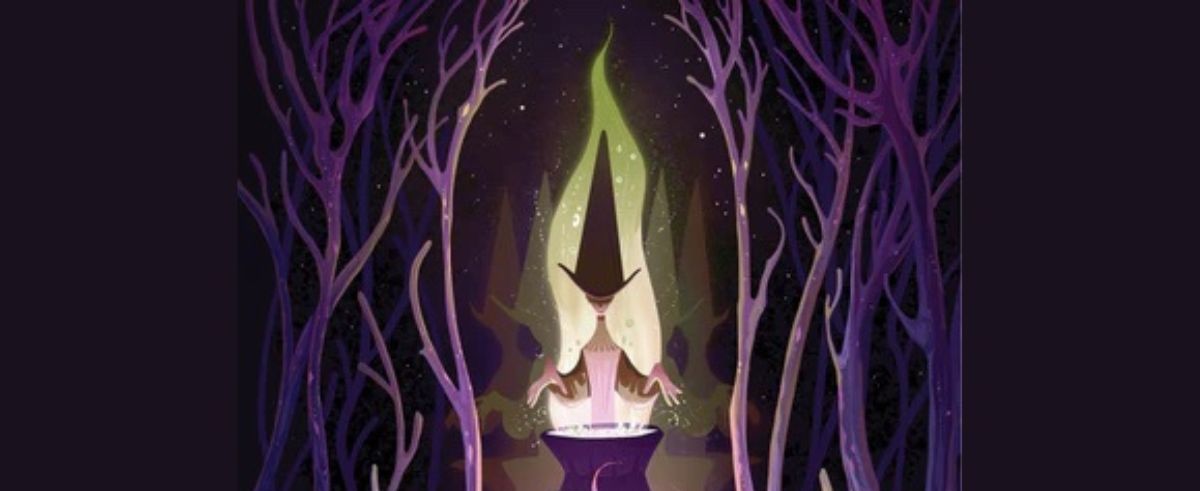If You’re Down for Some Witchery, This New Anthology Delivers

Witches are undeniably having a moment. More people identify as witches than ever before. High quality witchy films abound. Witchtok influencers garner massive followings with videos full of crystals, tarot, and herbs.
But what is a witch, exactly? How much have real healers and conjurers influenced fairytales and folklore, and how much have those same tales formed what we now think of as a witch? How do witches differ across time and culture, and what are some common threads they all share?
The Book of Witches, a new anthology edited by Jonathan Strahan (The Book of Dragons), explores that question through twenty-nine stories and poems by renowned science fiction and fantasy writers. The book is a kaleidoscope of different facets of witchcraft, from stories about wise women to imagined histories to poetry about the empowering aspects of the witch.
There’s lots of beautiful work in the book. The first story in the anthology, “What I Remember of Oresha Moon Dragon Devshrata” by P. Djèlí Clark (A Master of Djinn), tells the story of a witch who comes to a small fishing town and promises to protect its residents against a seaborne threat. Is the witch an ally or a charlatan, a savior or a parasite? The story is a deliciously complicated look at a witch’s relationship with the community she serves, and it leaves you off kilter until the very end.
Another highlight is “John Hollowback and the Witch” by Amal El-Mohtar (yes, the author whose career took off thanks to Bigolas Dickolas). In this story, a man seeks help after he finds a large hole magically carved out of his back. What starts as a folktale trope—a hapless person seeking help from the witch in the woods—becomes a moving meditation on guilt and redemption.
“Witches are feared,” writes Kathleen Jennings in her entry, “Catechism for Those Who Would Find Witches.” “Ungoverned and unrecognizable, each forms the world to their requirements.” Later in the collection, Sheree Renée Thomas writes in “BOTANICA: A Song in Four Movements” that “We are what passed between the old time and the next. / We are what breathes inside all of life. We are our own.” The works in The Book of Witches talk to each other, whisper incantations, and form a chorus of voices celebrating the witch. If you’re hungry for that celebration, then this book will feed your spirit.
(featured image: Harper Voyager)
Have a tip we should know? tips@themarysue.com